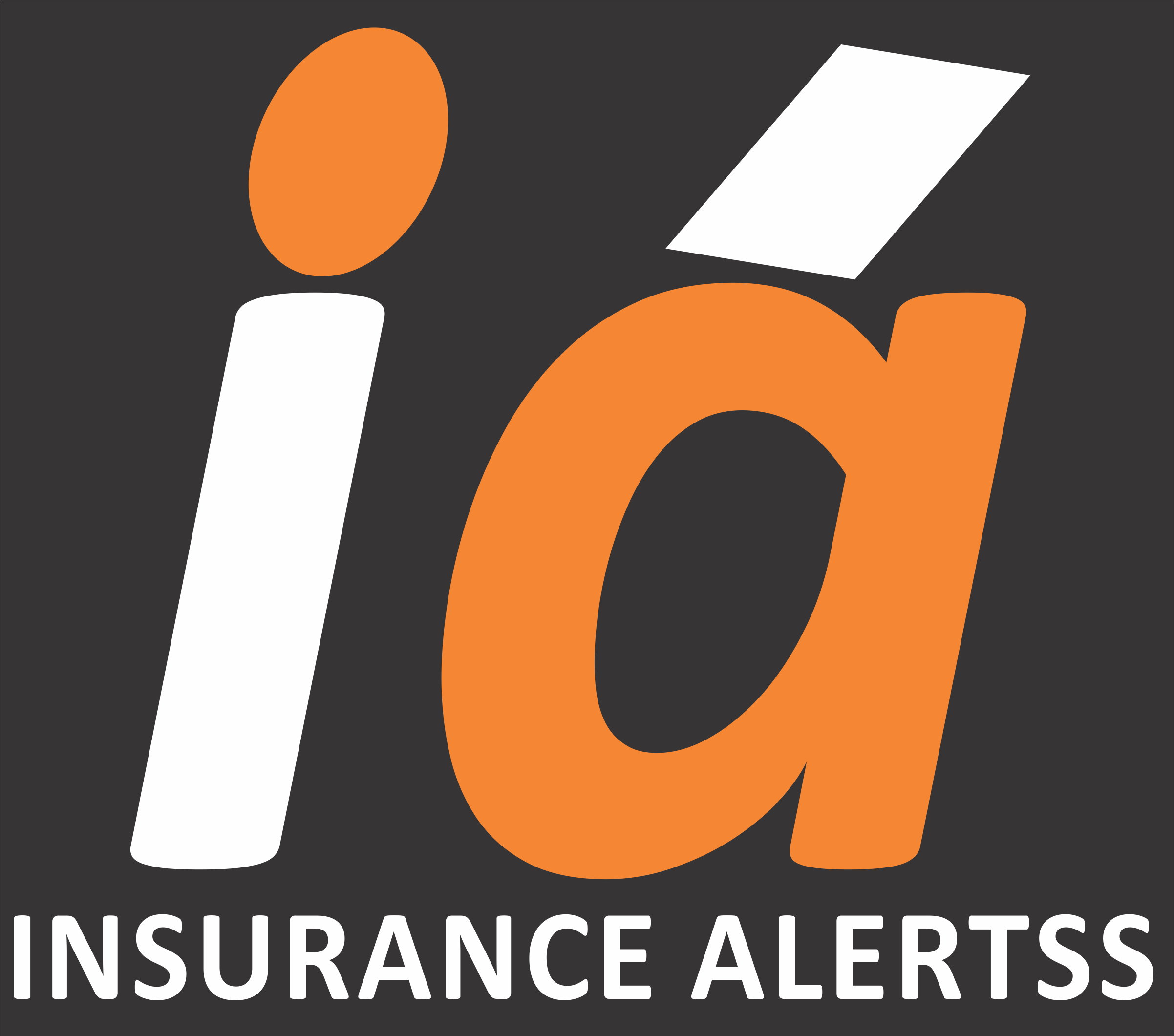 12-10-2020
12-10-2020
Finally, in the ‘Green’

 Insurance Alertss
Insurance AlertssFinally, in the ‘Green’
Finally, in the ‘Green’. Individual APE rose 4% yoy for private players in Sep 2020 after yoy decline in the past six months. Gradual improvement in APE for private players (flat yoy in 2QFY21 vs -23% yoy in 1QFY21) was led by (1) momentum in non-par savings and annuity-based products and (2) pickup in ULIPs and non-digital sales. Protection business is strong though a bit moderate sequentially. VNB margins for most players are expected to be stable qoq. Consequently, we model -16% to +19% VNB growth for listed players (-43% to -16% in 1QFY21). HDFC Life (+19% VNB growth in 2QFY21 vs -43% in 1QFY21) and SBI Life (2% VNB decline in 2QFY21 vs 29% decline in 1QFY21) stand out.
Savings strong, protection moderates a bit
Overall APE was up 6% yoy while individual APE was up 4% yoy in September 2020 (down 6-40% yoy every month since March 2020). LIC was up 10% yoy and individual APE up 5% yoy.
Strong growth in the protection business has likely moderated a bit. Individual sum assured for the private sector declined 2% yoy in September 2020 (up 8% yoy in 2QFY21 compared to 25% in 1QFY21) from growth of 12% yoy in August 2020 and 16% yoy in July 2020. The ratio of individual non-single sum assured to individual non-single premium ratio (interplay of growth in premium, sum assured and tariff hikes) declined to 29X in September 2020 (35X in 2QFY21 compared to 56X in 1QFY21 and 31X in 2QFY20) from peak of 45-81X in April-June 2020.
Among other products, non-par and annuity likely held on well due to competitive rates offered by players (similar to TD of frontline banks). LIC’s strong growth was likely driven by traction in endowment and annuity-based products. ULIPs likely remained weak due to volatility in capital markets; sales have, however, picked up from trough levels observed in April-June 2020.
2QFY21 preview: gradual revival; better than initial expectations
We expect life insurers to report -16% to +19% yoy VNB growth during 2QFY21, better than 16-43% yoy decline in in VNB in 1QFY21. Decline in APE (5% yoy for SBI Life and 27% yoy for ICICI Prudential Life) will partially offset margin expansion for SBI Life and ICICI Prudential Life; we expect 2% yoy decline in VNB for SBI Life and 16% yoy for ICICI Prudential Life. Strong 26% yoy APE growth for HDFC Life will likely support 19% yoy VNB growth. High cost overruns will likely drag VNB growth (we expect 4% yoy VNB decline) for Max Life despite 9% yoy APE rise.
APE upgrades in the horizon
Insurance companies have delivered better growth rates post the pandemic than anticipated initially. High risk aversion, substitution impact compared to others financial products like TDs and strong presence across digital channels are the likely drivers. Based on our initial APE estimates, HDFC Life and Max Life have headroom for APE upgrades; we currently build in 2% yoy and -12% yoy APE growth in 2HFY21E respectively for these companies, this compares with 26% yoy and 9% yoy growth respectively in 2QFY21.
Players with high share of ULIPs like SBI Life and ICICI Prudential Life continue to face pressure on growth (APE down 5% yoy and 27% yoy respectively in 2QFY21), although relatively diversified bouquet of SBI Life (higher presence in the non-par segment) augurs well. Notably, ICICI Prudential Life had a low base in March-August 2019. We will await 2QFY21 result disclosures on product mix and VNB performance to revise our APE and VNB forecast for the rest of the year.
2QFY21 preview: -16% to +19% yoy growth in VNB across listed players
HDFC Life. We expect HDFC Life to deliver 19% yoy increase in VNB, largely on the back of 26% yoy increase in APE. Market sources suggest that the company pushed its flagship non-par product ‘Sanchay Plus’ during the initial part of the quarter while ‘Sanchay Par Advantage’, the par product likely supported growth in September 2020. Additionally, the company has likely pushed its group protection product; group APE was up 57% yoy in 2QFY21 compared to 42% yoy for the industry. Moderation in individual protection business (individual non-single sum assured to individual non-single premium ratio declined to 32X in September 2020 from peak levels of 41-77X in April-June 2020 (35X in 2QFY21 versus 41X in 1HFY21).
ICICI Prudential Life. We expect ICICI Prudential Life to deliver 300 bps yoy expansion in VNB margin (reflecting product mix change); however, its VNB will likely decline 16% yoy due to 27% yoy decline in APE. The company has strong focus on individual protection, a segment that continues to support strong growth. Sharp decline in ULIPs and a somewhat lower participating business (due to lesser traction in agency business) will weigh on overall VNB growth.
Max Life. We expect Max Life to report 4% yoy decline in VNB (post overrun) despite robust 9% yoy increase in APE. We expect VNB margin compression of 250 bps yoy to 19.5% (up 240 bps qoq). Margins are interplay of (1) high expense overruns, (2) strong momentum in protection business and (3) reprising of protection product from 2QFY21.
SBI Life. We expect SBI Life to deliver 2% yoy decline in VNB on the back of 5% yoy decline in APE. Shift from ULIPs to non-par savings and protection business will boost VNB margins by about 60 bps yoy to 19%, up 30 bps qoq. Notably, increasing share of non-par business boosted its VNB margins sequentially throughout FY2020.
Protection re-pricing to support VNB, drop in share of individual protection to offset margin expansion. For most players, qoq expansion in VNB margins will be a function of growth in the re-priced protection products. Most companies launched their new product towards the last fortnight of June or later; the impact of the same will thus be visible from 2QFY21. The share of individual protection has, however, likely declined qoq in 2QFY21, which will offset a significant portion of the benefit.
Key highlights for the month
Traditional businesses likely strong for HDFC Life. HDFC Life reported 43% yoy increase in individual APE in September 2020 (up 22% yoy in 2QFY21); individual sum assured was up 4% yoy (up 0.3% in August 2020 and 15-31% in June 2020 and July 2020). Overall APE was up 45% (up 26% yoy in 2QFY21) compared to 0.2% yoy decline for private peers (down 4.5% yoy in 2QFY21). Group APE delivered strong 55% yoy growth, similar trends observed mom.
Growth in individual business was likely driven by strong traction in the flagship traditional businesses. While the flagship non-par product likely retained strong momentum, data from Google Trends indicate pickup in participating business during the month. The IRR offered by ‘HDFC Life Sanchay Plus’, HDFC Life’s flagship non-par product is attractive relative to most other products and other financial substitutes (ex. term deposits). HDFC Life’s strategy to toggle between product classes has helped it to deliver better than industry.
ULIPs drag ICICI Prudential Life. ICICI Prudential Life reported 24% yoy decline in individual APE in September 2020 translating to 30% yoy decline in 2QFY21. Individual sum assured was down 25% yoy reflecting moderation in protection product. Growth in APE was up 1.2X yoy. Weakness in capital markets driving lower ULIPs (8% yoy decline in average ticket size in individual non-single business) continues to put pressure on growth, even as there has been a sequential improvement. Additionally, relatively lower focus on non-par segment continues to drag growth compared to peers. On considering overall (individual and group) adjusted APE including accrued but not received premium, ICICI Prudential Life’s APE was down 15% yoy (down 32% yoy in 1HFY21).
SBI Life improves a bit. SBI Life’s individual APE declined 4% yoy in September 2020 (down 14% yoy in July 2020 and August 2020). Overall APE was down 1% yoy, supported by 36% yoy growth in the group business. Individual sum assured was up 0.9% yoy likely indicating some rise in share of protection business (lower base compared to peers). High share of ULIPs, however, continues to put pressure on growth.
Protection likely strong for Max. Max Life’s individual APE was up 16% yoy. Individual business sum assured was up 20% yoy likely indicating strong momentum in protection business. Lower volumes through non-Axis banca channels, however, drag pace of growth. Max has fared better than most peers during the pandemic although the benefit now seems to be waning. For 1HFY21, Max’s individual APE is up 4% yoy, while HDFC Life is up 3% yoy, ICICI Life down 36% yoy and SBI Life down 15% yoy.
Other players: Tata and Bajaj strong; Birla improved
Among other major private players, Tata AIA and Bajaj Life continued to report strong growth in individual business; individual APE up 25% and 16% yoy respectively for these players in September 2020. Aditya Birla Sun Life reported strong 36% yoy growth in individual APE post weak APE growth over the past few month (down 6% yoy in August 2020, up 0.5% in July 2020 and muted at 10-16% yoy in May and June 2020 respectively). Individual business sum assured was up 84% yoy for Bajaj reflecting traction in protection. Tata AIA’s strong growth is likely attributed to uptick in business from a wide bouquet of endowment, annuity and whole life plans.
Equity-oriented MFs continue to report net outflows; gross inflows improving
Equity-oriented mutual funds witnessed net outflows (Rs27 bn) for the fourth month in a row in September 2020. Muted gross inflows and high redemptions continue to put pressure on overall inflows.
Gross inflows have increased from trough levels (Rs195 bn in September 2020 compared to Rs163-175 bn in July and August 2020 and Rs143-158 bn in April-June 2020) but remain lower than pre-Covid levels (Rs199-338 bn over October 2019-March 2020). SIP inflows declined ~6% yoy (flat mom) to Rs78 bn (lowest in 20 months). Retail inflows (especially from smaller cities) will likely remain muted. Liquid funds reported outflows to the tune of Rs660 bn in September 2020; this tends to be volatile.
Share of single premium at 50% for private players
Share of single premium was high at 50% in September 2020 for private players, albeit lower than 54% in August 20920 and July 2020. High share of single premium annuity or lump-sum payout products are likely drivers for high share of single premium. Among major private players, the share of single premium is relatively higher for HDFC Life at 71% (67% in August 2019) and SBI Life at 62% (54% in August 2019) respectively.
Market share in group business remains volatile
Private players’ market share in group business increased to 24% in September 2020 from 20% in August 2020 (flat yoy). Most players recorded increase in share of group business. This tends to volatile due to lumpy nature of contracts.
Source: Kotak Institutional Equities Research

http://www.insurancealertss.